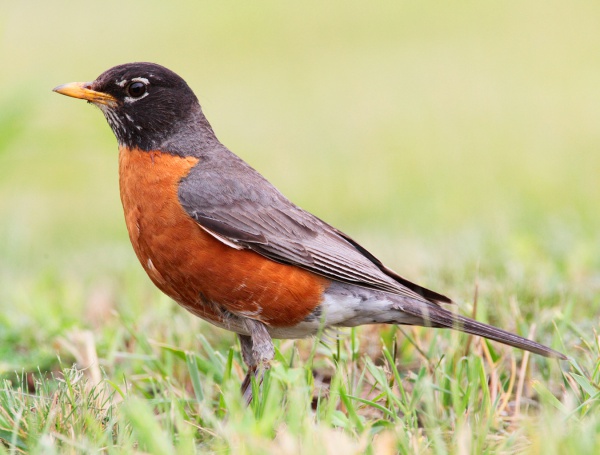Facts About American robin
The American robin, a well-known migratory songbird from the thrush family, is prevalent across North America. There are seven recognized subspecies of this bird. Robins are diurnal feeders, consuming invertebrates, fruits, and berries. They are among the earliest nesters, constructing their nests from grass, twigs, and mud. Predators such as hawks, cats, and snakes pose threats to robins, but interestingly, robins have a knack for rejecting cowbird eggs.
First described by Carl Linnaeus in 1766, the American robin is not considered threatened and boasts a large population. However, they are carriers of the West Nile virus. Their diet primarily comprises invertebrates and fruits, but they switch to berries during the winter. Robins are known for their distinctive foraging method of running and pausing to locate prey, using various cues to find their food.
Regarding breeding, robins become active shortly after returning to their summer habitats. They typically raise two to three broods each season. The female solely undertakes the task of building the nest and incubating the eggs. Once the chicks hatch, they are fed a diet of earthworms, insects, and berries. These juveniles leave the nest after about two weeks, but the adult robins continue to protect and feed them until they can forage independently.
One of the most charming aspects of the American robin is its song. Their melodies are complex, with regional variations and specific calls for different situations.

 Mexico
Mexico